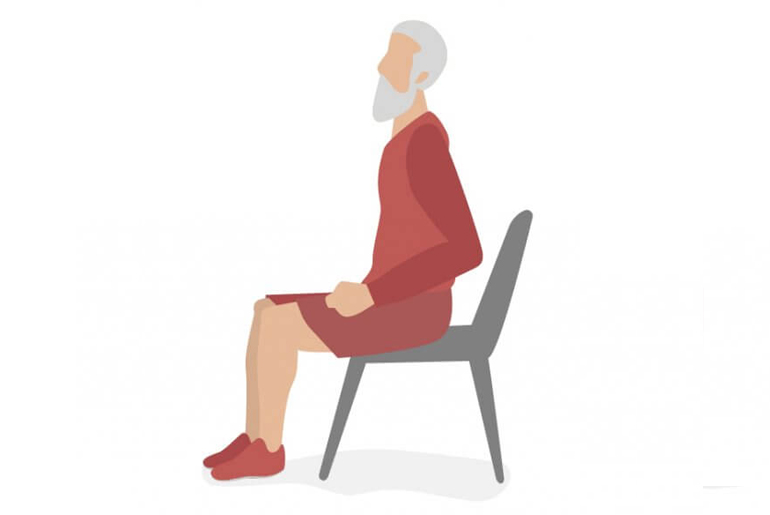Sitting at a desk for long hours can lead to stiffness, aching joints, muscle tension, and poor posture, which may eventually result in chronic pain or even paralysis, requiring costly physical therapy. Yoga trainer Anadi Sharma explains that stiffness primarily arises from a lack of movement, which restricts blood circulation and causes muscle tightness, fatigue, dehydration, and repetitive strain. To prevent these issues, a simple 10-minute stretching break at your desk can help keep your body active and pain-free.
Before starting, check for stiffness in your shoulders, jaw, and eyes—if present, take a deep breath and relax them. Then, perform five easy desk stretches to improve mobility and posture. These desk stretches promote blood circulation, reduce muscle tension, and prevent long-term discomfort, making them essential for maintaining overall well-being while working.
These five stretches are designed to relieve tension, improve flexibility, and counteract the effects of prolonged sitting or repetitive activities like typing. Here’s a detailed summary:
- Neck Stretch – This stretch targets the neck muscles to relieve stiffness and tension. To perform, gently tilt your head to one side, bringing your ear toward your shoulder without lifting the opposite shoulder. Hold the stretch for 10 seconds, then slowly switch to the other side. This helps reduce neck strain, improve mobility, and alleviate discomfort from long hours of looking at screens.
- Shoulder Roll – This movement helps release tension in the shoulders and upper back while promoting better posture. Roll your shoulders forward in slow, circular motions, then reverse the direction and roll them backward. Performing this stretch for a few repetitions can ease stiffness caused by prolonged sitting or stress and improve circulation in the upper body.
- Seated Spinal Twist – This stretch focuses on the lower back, spine, and obliques. Sit upright with both feet flat on the ground. Rotate your torso to one side and place your opposite hand on your knee for support, while the other hand rests behind you. Hold this position for 30 seconds, then switch sides. This helps improve spinal flexibility, alleviate lower back pain, and release tension from prolonged sitting.
- Wrist and Finger Stretch – This stretch is essential for those who type or use electronic devices frequently. Extend one arm with your palm facing upward and gently pull back your fingers using your opposite hand. Hold for a few seconds, then flip your palm downward and pull back again. This helps reduce wrist stiffness, prevent repetitive strain injuries, and maintain flexibility in the hands and wrists.
- Seated Hamstring Stretch – This stretch targets the hamstrings, which can become tight from prolonged sitting. Sit with one leg extended straight while the other is bent. Keeping your back straight, reach forward toward your extended foot. Hold the stretch for 20 seconds, then switch legs. This helps improve flexibility, relieve tension in the lower back and legs, and enhance overall mobility.
If you’re in a long meeting, sit upright and clasp your hands behind your back for 15 seconds to straighten your posture and relieve muscle strain. Staying hydrated is equally important—drink water consistently, just as you eat meals, to keep your body refreshed and prevent stiffness.
Disclaimer:
The information contained in this article is for educational and informational purposes only and is not intended as a health advice. We would ask you to consult a qualified professional or medical expert to gain additional knowledge before you choose to consume any product or perform any exercise.







